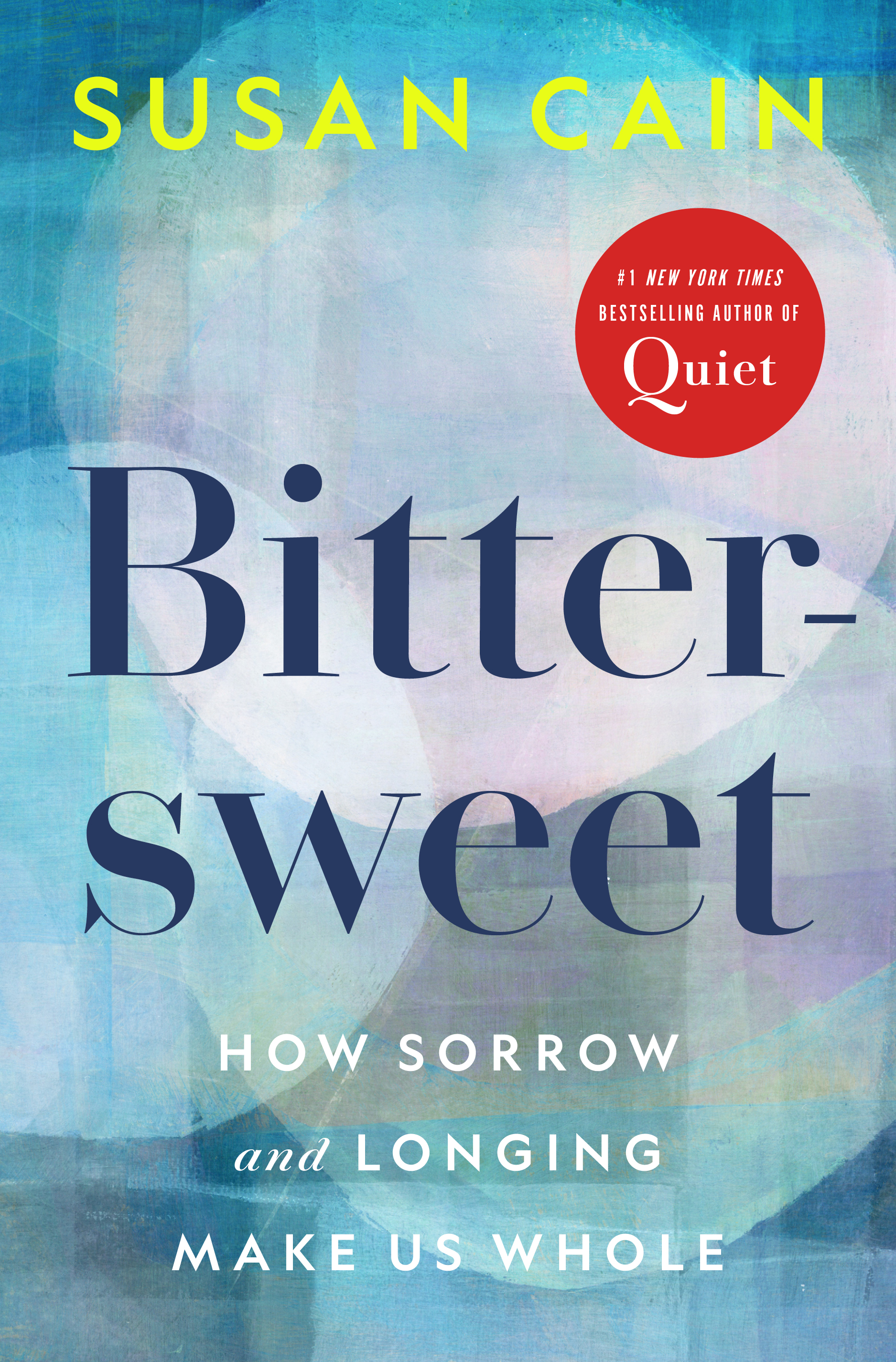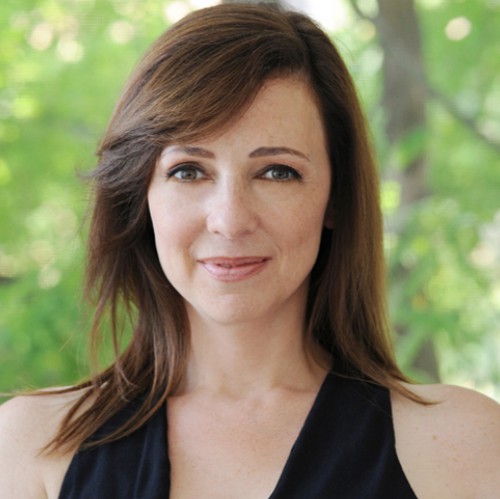Once, when I was a twenty-two-year-old law student, some friends picked me up in my dorm on the way to class. I’d been happily listening to bittersweet music in a minor key. Not the Albinoni, which I hadn’t heard back then; more likely a song by my all-time favorite musician, Leonard Cohen, aka the Poet Laureate of Pessimism.
It’s hard to put into words what I experience when I hear this kind of music. It’s technically sad, but what I feel, really, is love: a great tidal outpouring of it. A deep kinship with all the other souls in the world who know the sorrow the music strains to express. Awe at the musician’s ability to transform pain into beauty. If I’m alone when I’m listening, I often make a spontaneous prayer gesture, hands to face, palm to palm, even though I’m deeply agnostic and don’t formally pray. But the music makes my heart open: literally, the sensation of expanding chest muscles. It even makes it seem okay that everyone I love, including me, is going to die one day. This equanimity about death lasts maybe three minutes, but each time it happens, it changes me slightly. If you define transcendence as a moment in which yourself fades away and you feel connected to the all, these musically bittersweet moments are the closest I’ve come to experiencing it. But it’s happened over and over again.
And I could never understand why.
Meanwhile, my friends were amused by the incongruity of mournful songs blasting from a dorm room stereo; one of them asked why I was listening to funeral tunes. I laughed, and we went to class. End of story.
Except that I thought about his comment for the next twenty-five years. Why did I find yearning music so strangely uplifting? And what in our culture made this a fitting subject for a joke? Why, even as I write this, do I feel the need to reassure you that I love dance music, too? (I really do.) At first, these were just interesting questions. But as I searched for answers, I realized that they were the questions, the big ones—and that contemporary culture has trained us, to our great impoverishment, not to ask them.
Two thousand years ago, Aristotle wondered why the great poets, philosophers, artists, and politicians often have melancholic personalities. His question was based on the ancient be lief that the human body contains four humors, or liquid substances, each corresponding to a different temperament: melancholic (sad), sanguine (happy), choleric (aggressive), and phlegmatic (calm). The relative amounts of these liquids were thought to shape our characters. Hippocrates, the famed Greek physician, believed that the ideal person enjoyed a harmonious balance of the four. But many of us tend in one direction or another.
This book is about the melancholic direction, which I call the “bittersweet”: a tendency to states of longing, poignancy, and sorrow; an acute awareness of passing time; and a curiously piercing joy at the beauty of the world. The bittersweet is also about the recognition that light and dark, birth and death—bitter and sweet—are forever paired. “Days of honey, days of onion,” as an Arabic proverb puts it. The tragedy of life is linked inescapably with its splendor; you could tear civilization down and rebuild it from scratch, and the same dualities would rise again. Yet to fully inhabit these dualities—the dark as well as the light—is, paradoxically, the only way to transcend them. And transcending them is the ultimate point. The bittersweet is about the desire for communion, the wish to go home.
If you see yourself as a bittersweet type, it’s hard to discuss Aristotle’s question about the melancholia of the greats with out sounding self-congratulatory. But the fact is that his observation has resonated across the millennia. In the fifteenth century, the philosopher Marsilio Ficino proposed that Saturn, the Roman god associated with melancholy, “has relinquished the ordinary life to Jupiter, but he claims for himself a life sequestered & divine.” The sixteenth-century artist Albrecht Dürer famously depicted Melancholy as a downcast angel surrounded by symbols of creativity, knowledge, and yearning: a polyhedron, an hourglass, a ladder ascending to the sky. The nineteenth-century poet Charles Baudelaire could “scarcely conceive of a type of beauty” in which there is no melancholy. This romantic vision of melancholia has waxed and waned over time; most recently, it’s waned. In an influential 1918 essay, Sigmund Freud dismissed melancholy as narcissism, and ever since, it’s disappeared into the maw of psychopathology. Main stream psychology sees it as synonymous with clinical depression.
But Aristotle’s question never went away; it can’t. There’s some mysterious property in melancholy, something essential. Plato had it, and so did Jalal al-Din Rumi, so did Charles Darwin, Abraham Lincoln, Maya Angelou, Nina Simone . . . Leonard Cohen.
But what, exactly, did they have? I’ve spent years researching this question, following a centuries-old trail laid by artists, writers, contemplatives, and wisdom traditions from all over the world.
This path also led me to the work of contemporary psychologists, scientists, and even management researchers (who have discovered some of the unique strengths of melancholic business leaders and creatives, and the best ways to tap them). And I’ve concluded that bittersweetness is not, as we tend to think, just a momentary feeling or event. It’s also a quiet force, a way of being, a storied tradition — as dramatically overlooked as it is brimming with human potential. It’s an authentic and elevating response to the problem of being alive in a deeply flawed yet stubbornly beautiful world.



